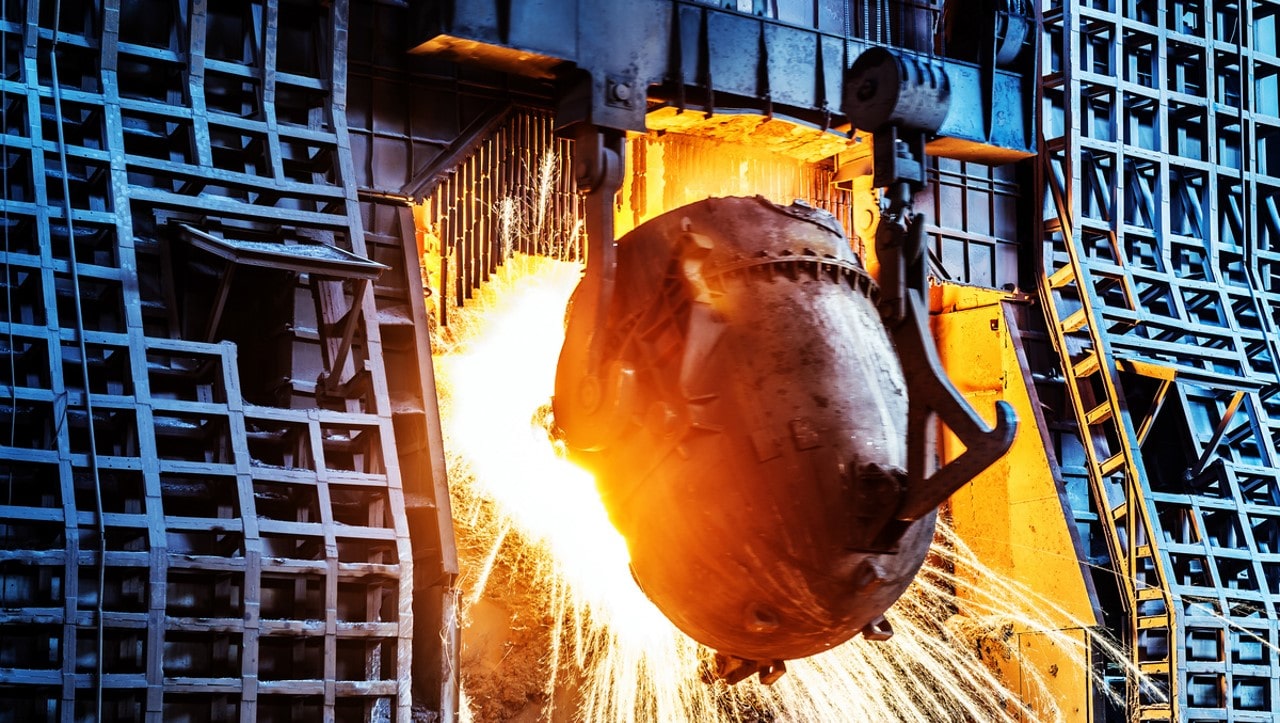Deciphering Microstructures of Steel: A guide to the best analytical methods
Understanding the microstructure of steel means deciphering the properties, performance and quality of the material. When choosing the right analytical method for a specific task in materials science, especially when analysing metals such as steel, researchers and engineers are often faced with a variety of options.
Each method has its own strengths, limitations and areas of application.
In this blog post, we will go through some common analysis methods and discuss how you can choose the right one for your specific task.

Navigation
| Method | Area of application | Benefits | Limitations |
| Optical microscopy | Basic research, training, quality control | User-friendly, cost-effective | Limited resolution |
| Scanning electron microscopy (SEM) | Detailed surface analysis, fracture surfaces | High-resolution, in-depth analysis Surface analysis | Higher costs, technically more demanding |
| Transmission electron microscopy (TEM) | In-depth microstructural analyses, nanostructures | Highest resolution, atomic level | Complex sample preparation, technically very demanding |
| X-ray diffraction (XRD) | Phase analysis, crystal structure | Non-destructive, precise phase identification | No direct imaging |
| Computed tomography (CT) | Three-dimensional internal structure analyses, internal defects | Non-destructive, comprehensive internal structural analysis | Can be cost-intensive, limited resolution |
Optical microscopy: the classic
Optical microscopy, a cornerstone in the analysis of steel microstructures, is often at the beginning of any detailed investigation. This method uses visible light to magnify and visualise the microstructure of steel samples.
A major advantage of optical microscopy is its ease of use and accessibility, which makes it an indispensable tool in laboratories and educational institutions.
Various etching techniques can be used to highlight specific microstructural constituents such as ferrite, pearlite or martensite, enabling a deeper understanding of steel composition and properties. Although limited in resolution - typically up to around 1000x magnification - optical microscopy provides a fast and effective method for initial assessment of microstructure, which is equally valuable for quality control and fundamental research.
Areas of application
Optical microscopy is often the first choice when carrying out basic analyses. It is ideal for observing general microstructure, such as grain sizes and phase distribution, and is great for educational purposes and simple quality control. Optical microscopy is user-friendly and relatively inexpensive, but offers limited resolution.
Scanning electron microscopy (SEM): Detailed insights
Scanning electron microscopy (SEM) represents a significant advance in the analysis of steel microstructures and offers significantly higher resolution and depth of field compared to optical microscopy. This technique uses electron beams to scan the surface of the steel sample, producing images with exceptional detail. SEM makes it possible to visualise the finest structures such as grain boundaries, inclusions and even individual crystal defects.
This method is particularly valuable for the investigation of fracture surfaces to understand failure mechanisms or for the detailed analysis of surface treatments and coatings.
Although scanning electron microscopy is more complex to use and more expensive in terms of equipment, it provides unrivalled insights into the micro-world of steel, which are essential for advanced research and complex material analyses.
Areas of application
If your task requires a detailed analysis of the surface structure, scanning electron microscopy is an excellent choice. SEM is ideal for analysing fracture surfaces, grain boundaries and surface coatings. Although it is more expensive and technically more demanding than optical microscopy, it provides high-resolution images and can also be used for elementary analyses.
Transmission electron microscopy (TEM): At the atomic level
Transmission electron microscopy (TEM) represents an even more advanced level of microstructural analysis of steel by providing insights at a near atomic level. This highly specialised technique uses a beam of electrons passing through extremely thin steel samples to produce images that reveal the internal structure of the material. TEM is able to provide information about the crystal structure, the arrangement of atoms and even the presence and distribution of nanostructures.
This method is particularly useful for investigating phenomena such as phase transformations, precipitation hardening or the formation of microcracks.
The challenge with TEM lies in the elaborate sample preparation, as the samples must be extremely thin, and in the complexity of operating the microscope. Despite these challenges, transmission electron microscopy is an indispensable tool in modern materials science, providing deep insights into the fundamental structure of steel that go far beyond the capabilities of optical microscopy and SEM.
Areas of application
If you are interested in investigating crystal structures at the atomic level or analysing nanostructures, transmission electron microscopy is the method of choice. TEM is complex and requires thin samples, but offers unrivalled insights into the inner structure of materials.
X-ray diffraction (XRD): Phase analysis
X-ray diffraction (XRD) is a powerful, non-destructive analytical method used in metallography to analyse the crystalline structure of steel. This technique is based on the interaction of X-rays with the atoms in the material, whereby the resulting diffraction patterns provide information about the crystalline phase, the lattice structure and the orientation of the crystals.
XRD is particularly effective for identifying and quantifying different phases in steel, such as austenite, ferrite or martensite. In addition, it can be used to determine internal stresses, texture and the size of crystallites.
This method is crucial for understanding the thermal and mechanical treatments to which steel has been subjected and plays an important role in the development of new steel grades and the improvement of existing materials. X-ray diffraction thus offers a deep insight into the microscopic world of steel and is an indispensable tool in modern materials research.
Areas of application
X-ray diffraction is an excellent method for identifying and quantifying different crystalline phases in steel. If you are interested in analysing phase transformations or determining the crystal structure, XRD is an indispensable method.
Computed tomography (CT): three-dimensional analysis
Computed tomography is a relatively new technique in materials science that provides three-dimensional images of the internal structure of steel samples. This advanced, non-invasive technique uses X-rays to create cross-sectional images of the sample, which are then combined to create a three-dimensional image.
This method is particularly valuable for identifying and analysing internal features such as pores, cracks and inclusions that would not be visible using conventional surface-based techniques.
CT enables a holistic view of the sample without it having to be destroyed or altered in any way. This is particularly useful for quality control in production, the investigation of material defects and research into new alloys. Computed tomography thus opens up new dimensions in material analysis and makes a significant contribution to gaining a more comprehensive understanding of the complex microstructure of steel.
Areas of application
Computed tomography is ideal if you want to examine internal defects such as cracks or blowholes without destroying the sample. CT offers a comprehensive view of the internal structure and is particularly useful for quality control in production.
Conclusion
The choice of the right analytical method depends on the specific requirements of the investigation. While optical microscopy and SEM are sufficient for most standard applications, TEM, XRD and CT may be required for specialised investigations. Each method has its own strengths and limitations, and often a combination of different techniques is the best approach to gain a comprehensive understanding of the microstructure of steel. As technology advances and new methods of analysis are developed, our understanding of the microstructures of steel will continue to deepen, leading to improved materials and processes in a variety of industries.
